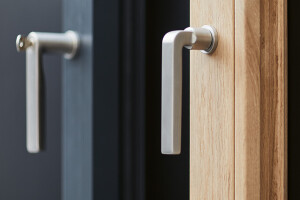A sustainable combination of reuse and new construction
The Da Vinci College in Roosendaal, in the south of the Netherlands, moved into new premises at the start of the present school year. Ector Hoogstad Architects has designed a light, spacious and above all adventurous building that feels and functions like a city in miniature. The school offers a mix of academic and vocational qualifications (VMBO and Praktijkschool in Dutch) to about a thousand pupils. Each pupil has a home base in one of the “clubhouses” scattered around the school, alongside a variety of practical rooms and communal facilities. All these spaces are ingeniously connected by a network of streets, squares and gardens, stairs and terraces. In line with the philosophy of the school, equal weight is attached to ensuring a safe learning environment and challenging the pupils.
The design of the school focuses strongly on promoting links with the surrounding neighbourhood. The campus is freely accessible, encouraging nearby residents and passers-by to inspect the display windows of the Trade and Economics department or to visit the restaurant run by pupils from the Catering department. The amply dimensioned entrances, the steps leading up to the main building and even a sun-bathing lawn make the school’s immediate environment an attractive place to spend some time. The sports facilities, accessible via a separate entrance, are available for use by clubs or for events not directly connected with the school, and the parking spaces are also shared with the neighbourhood.
The light, spacious interior matches the academic exterior of the school. The diversity of façade types gives the building as a whole a small-scale look and ensures coherence between its various parts. Though hardly visible any more, about a third of the Da Vinci College consists of reused parts of the original office complex on this site, which have been enlarged by adding an extra storey on top of the existing structure and have been given a new façade.
Reuse of existing structures is not the only measure justifying the claim that the new Da Vinci College is truly sustainable. All the materials used in both the interior and exterior are of the highest quality and have minimal environmental impact. In addition, the building is very compact and the façades are extremely well insulated. These measures, together with external solar protection, the use of climate ceilings and optimal access of daylight, reduce energy consumption, as does the use of seasonal thermal energy storage, energy roofing and solar panels. The climate ceilings also ensure an exceptionally high thermal comfort level in the Da Vinci College.



































